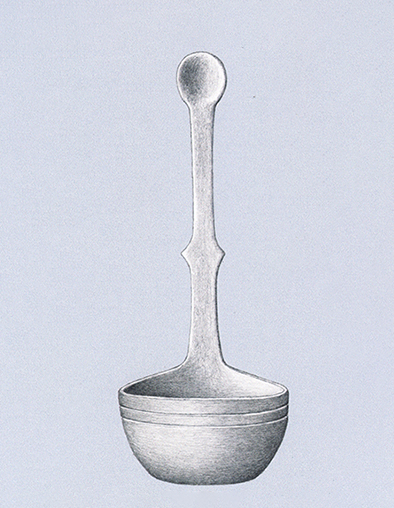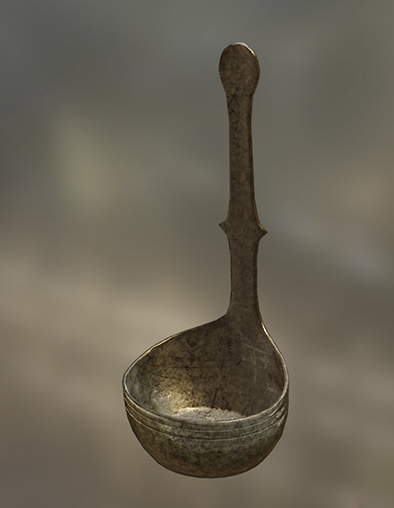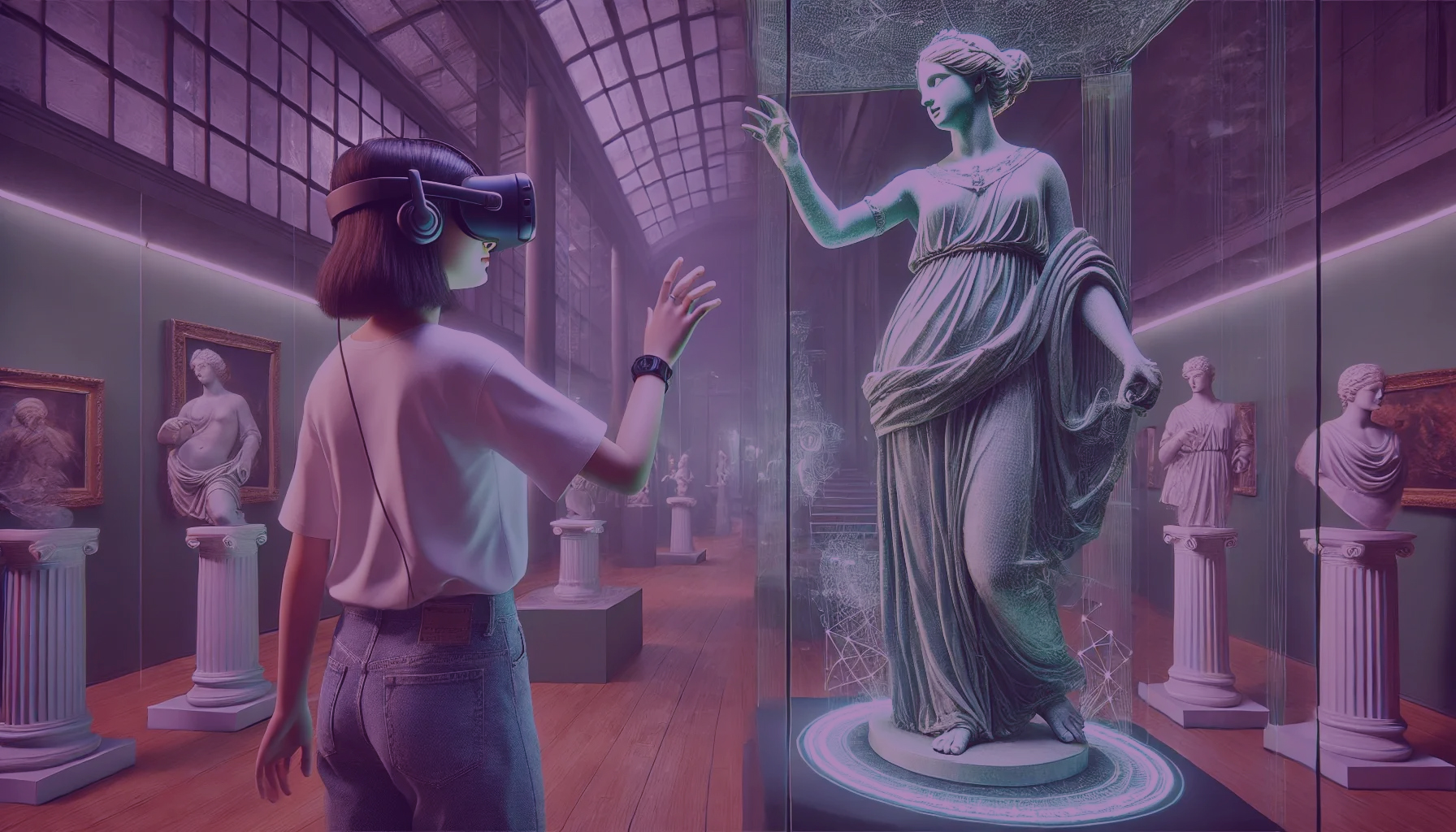Virtual reality (VR) immerses users in a computer-generated environment, offering an interactive and sensory-rich experience. This technology is revolutionizing fields such as gaming, education, and healthcare by providing realistic simulations and innovative training tools.
As an museum app, VR provides the highest level of immersion. It allows you to walk through ancient streets, explore buildings, or observe historical events from different perspectives.









